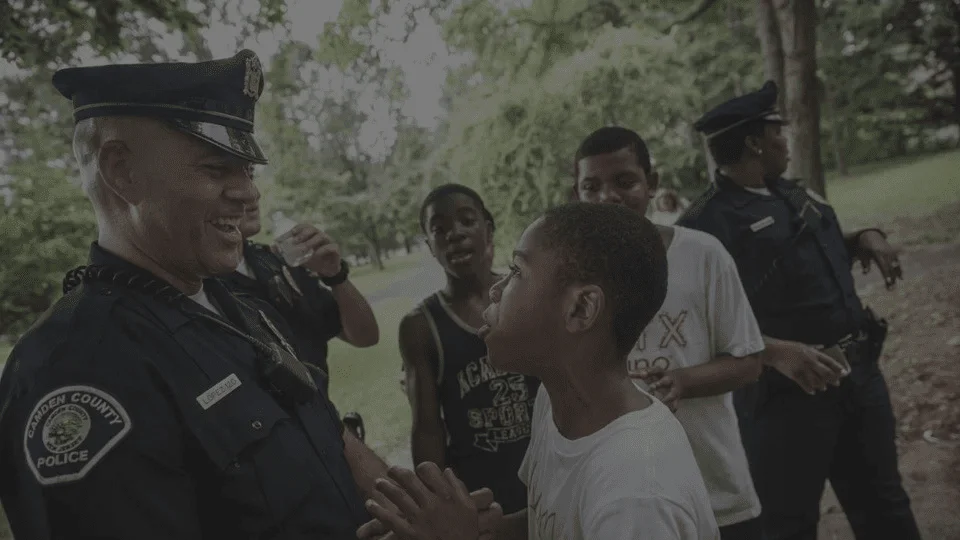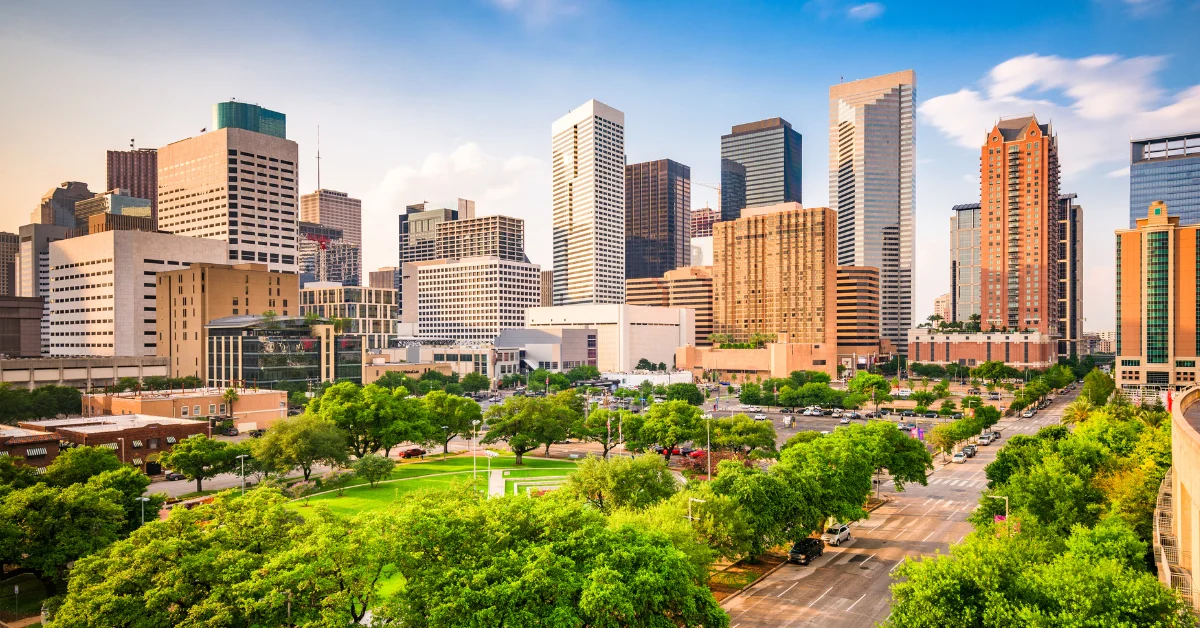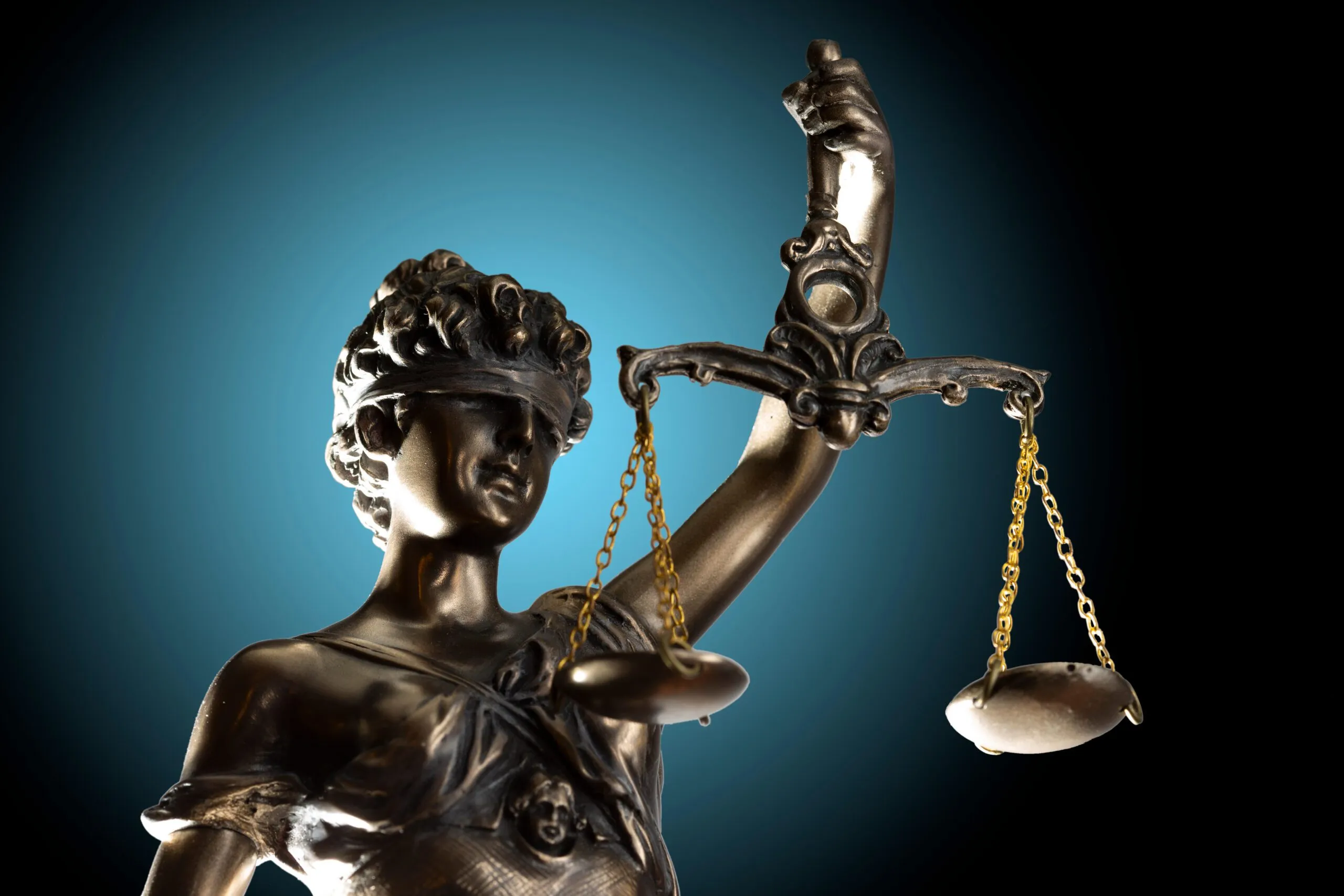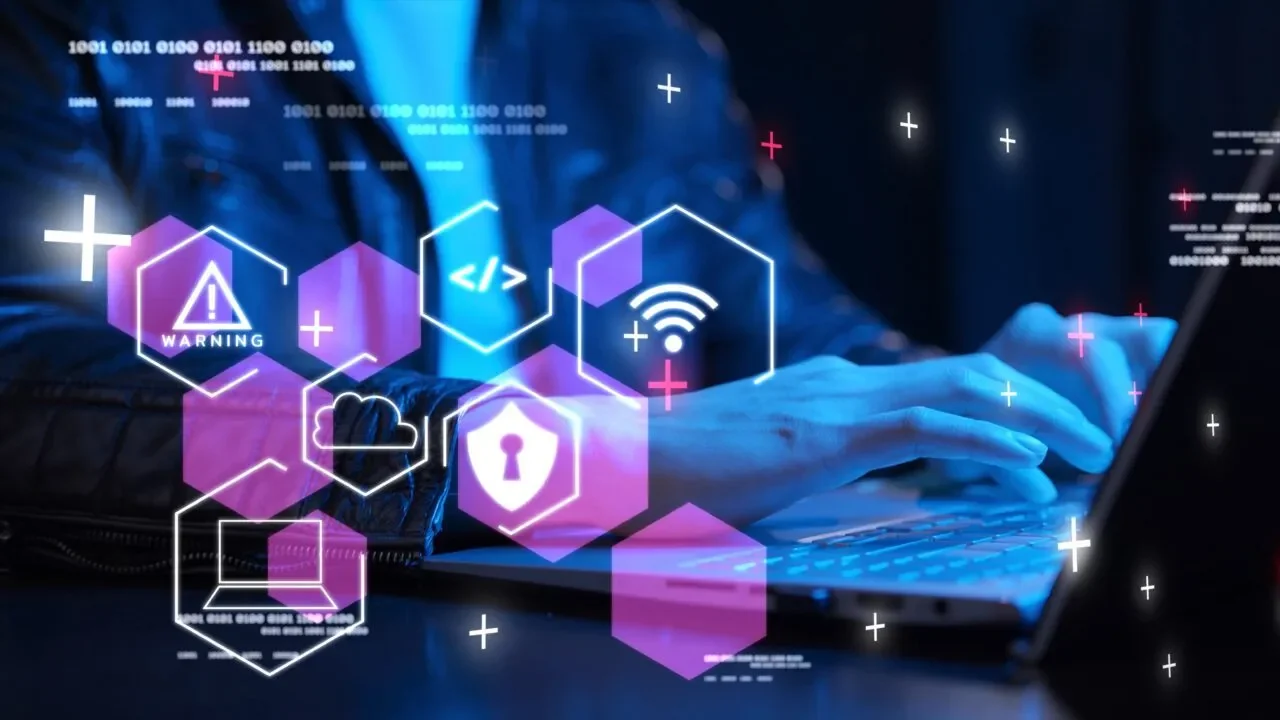<1 Minute
Time for ShotSpotter to alert authorities
ShotSpotter
allows first responders to arrive on the scene quickly
ShotSpotter
saves lives
Police rely on 911 calls if gunshots are fired, but in neighborhoods plagued by gun violence, only about 20% of incidents are ever reported. This creates a situation where police departments are unable to respond to about 80% of gun violence – making it impossible to effectively “serve and protect.”
For shooting victims, every minute matters – it is estimated that in as little as 3-5 minutes after a gunshot wound, the survival rate for the victim can drop dramatically without assistance.
ShotSpotter picks up picks up where 9-1-1 leaves off by alerting first responders to the 80% of gun violence that they would otherwise know nothing about.
ShotSpotter provides the precise location of an incident in less than 60 seconds, allowing first responders to render swifter aid to victims.
Opponents of ShotSpotter often publicize misleading, inaccurate, and specious claims. This document addresses some of these claims below.
QUESTION 1: Is the system easily fooled by other loud noises, like cars backfiring and firecrackers?
ANSWER: While the ShotSpotter system detects many loud, impulsive sounds, we use sophisticated technology and well-known science to filter out sounds that are not likely to be gunfire. Those non-gunfire sounds are not published to customers as gunfire. ShotSpotter technology has a 97% accuracy rate for detections across all police department customers nationwide for the last 4 years. This statistic has been independently verified by data analytics firm Edgeworth Analytics.
This is why over 160 cities rely on the ShotSpotter technology to detect and alert law enforcement to instances of gunfire. With patented technology and highly trained human reviewers who can replay the sound, look at the direction of sensor participation, and analyze the audio waveform, the ShotSpotter system is highly accurate at distinguishing gunfire from other bangs, booms, and pops.
QUESTION 2: Has ShotSpotter or any of its customers ever tested the system for false alerts?
ANSWER: As ShotSpotter already maintains a high accuracy rate, we are also able to maintain an extremely low false positive rate, at just 0.5% across all customers in the last four years, according to independent analytics firm Edgeworth Analytics. ShotSpotter’s accuracy allows police to coordinate safe and efficient responses that require fewer resources in a way that improves community trust.
QUESTION 3: Does ShotSpotter reduce gun violence?
ANSWER: ShotSpotter is a vital tool in any city’s toolbox to assist law enforcement in delivering efficient, effective, and equitable responses to criminal gunfire. That being said, it would be a mistake to frame ShotSpotter’s greatest purpose as a system solely used to lead to arrests and reduce crime.
ShotSpotter’s main value is in the lives it saves. ShotSpotter has led police to hundreds of gunshot-wound victims with no corresponding 911 call, enabling them to bring care to victims who may otherwise not receive the aid they need, resulting in hundreds if not thousands of lives saved.
What’s the value of single life?
Specifically, the value of a young black man’s life, who are the majority of victims of gun violence?
Additionally, while gun violence is an increasingly complex issue with no single solution, some studies have shown that ShotSpotter helps drive positive outcomes. For example:
- An independent study by the NYU Policing Project and a Purdue University social scientist found that eight police beats in St. Louis County with ShotSpotter saw a 30% decrease in gun-related assaults, compared to eight other police beats without ShotSpotter.
- An independent study by the Center For Crime Science and Violence Prevention in the Winston Salem, N.C. market showed that the deployment of ShotSpotter resulted in a 24% decrease in aggravated assaults in the community. Comparable markets in the area showed an increase in aggravated assaults during the same time period, with aggravated assaults down 38% in Winston Salem vs. the other markets.
- Southern Illinois University conducted a study in Cincinnati that showed a 46% reduction in violent crime after ShotSpotter was deployed.
QUESTION 4: What about the MacArthur Justice Center finding that 11% of alerts led to evidence of gun-related crime and that the Chicago OIG found that 9.1% of alerts led to evidence of gun-related offense?
ANSWER: Like many ShotSpotter critics, this comment entirely overlooks the system’s greatest use: saving lives.
That is the reason police prioritize gunfire alerts. The reality is that most shooting incidents are never reported to the police through 9-1-1. ShotSpotter fills that gap. Thankfully not all shootings result in wounded victims, but when they do, speed and precision matter. ShotSpotter’s ultimate value can be measured in the stories of those lives saved.
What is the value of a life?
How about 125 lives? That is how many gunshot-wound victims ShotSpotter helped police locate—and who received immediate aid and survived their wounds – in Chicago.
The same is true in Oakland, Albuquerque, Pittsburgh, and more than 160 cities across the country where ShotSpotter is deployed.
Related to gun-related crime evidence, it has been shown that ShotSpotter improves evidence collection by responding officers to shooting incidents.
For example, according to the Urban Institute, police departments using ShotSpotter have a rate of finding shell casings that is up to three times higher due to the precise location provided by ShotSpotter alerts. Shell casings are critical evidence in an investigation that can be used to identify the gun that was fired, and ultimately identify and prosecute a suspect.
And while immediate arrests and evidence collection are one measure of the value of the system, it isn’t the highest use – saving lives is the ultimate value.
QUESTION 5: ShotSpotter creates dangerous situations for black and brown communities every day as police treat everyone in the alert area as armed threats.
ANSWER: There is no evidence to support this claim.
ShotSpotter provides intelligence that allows police to coordinate safe, efficient, and equitable responses that require fewer resources in a way that builds community trust.
When gunfire occurs, is it not preferable to ensure law enforcement and first responders know about it and can respond quickly to render aid to victims and secure the area?
When ShotSpotter alerts police to gunfire, officers are given more information and context about the incident than they would have without ShotSpotter. This information allows for a safer and more equitable response.
Lastly, ShotSpotter alerts allow police to respond to and investigate a gunfire incident in a more precise geographical area, compared to a 911 call (when they do occur) that often requires officers to patrol much more broadly for victims and evidence.
Without the intelligence from ShotSpotter, the unfortunate reality is that many gunshot-wound victims do not receive the immediate aid that could save their lives. But even more fundamentally, it means residents in these communities are victimized twice. They are first victimized by persistent exposure to gun violence, denying them their fundamental right to live without fear of harm. We have all heard the tragic stories of caregivers putting their kids to sleep in the bathtub for fear of gun violence. Pediatric research also shows the damaging effect on children and adolescents exposed to continual community gunfire that somehow has become “normalized.” This ongoing trauma is often accompanied by lifelong emotional, learning, and physical consequences.
Those same residents are then victimized again when first responders, unaware of gunfire events, fail to arrive. This lack of response further strains the already fissured relationship between police and the community, fueling perceptions that law enforcement simply does not care for the communities they, in theory, have sworn to serve and protect. Such benign neglect, though not malicious, causes tangible harm. ShotSpotter counters this by ensuring police are alerted and can respond accurately, thereby building trust and affirming a commitment to community safety.
QUESTION 6: Did ShotSpotter rebrand itself as “SoundThinking” to distance itself from the surveillance product following Chicago’s 2023 Mayoral election?
ANSWER: Absolutely not. This is a ridiculous claim.
The rebranding of the company was driven by the extension of other products and services beyond ShotSpotter.
QUESTION 7: Since policing (like ShotSpotter) is reactive, a response to something that already happened, isn’t it true that it can’t create safety, which is about people having what they need to live happy, healthy lives?
AND
QUESTION 8: Isn’t it true that by investing money into violence interruption and prevention instead, we can make a real difference in the violence and divestment our communities experience?
ANSWER: The notion that addressing gun violence requires choosing between technology tools and violence interruption and prevention is an alarming misconception. You need both.
Cities need ShotSpotter to know when and where criminal gunfire occurs so first responders can react quickly and render aid to victims as needed and save lives.
Further, investment in violence interruption is also recommended.
SoundThinking’s Data for Good Program, for example, helps law enforcement customers identify offices of violence prevention, schools, city and county public health departments and other community organizations that would receive gunfire data and analytics including heatmaps and dashboards. These tools indicate where gunfire and potential trauma may be occurring so the appropriate community resources can be deployed to offer immediate and lasting support and help address the core issues that drive crime.
Community organizations that utilize SoundThinking technology and data to help prevent violence and deploy social, health and economic resources to their communities include:
- Miami-Dade County’s Walking One Stop;
- Mobile, Alabama’s Operation Echo Stop; and
- Baltimore’s Office of Neighborhood Safety.
QUESTION 9: Don’t police officers use stop-and-frisk, which is unconstitutional when they respond to ShotSpotter alerts?
ANSWER: SoundThinking does not control tactics employed by police agencies and we certainly do not condone any unconstitutional or illegal tactics.
While we have no ability to monitor or dictate the methods or tactics of any department, the data from a ShotSpotter alert allows police to report to and investigate a gunfire incident in a more precise area, compared to a 911 call that often requires officers to patrol entire neighborhoods for victims and evidence, limiting the risk of unnecessary stops and searches.
QUESTION 10: Didn’t ShotSpotter manipulate data to frame an innocent black man (Michael Williams) for murder?
ANSWER: Absolutely not. Another specious, false claim.
Court records from the case prove that ShotSpotter did not change the location of the gunfire between its real-time alert on the night of the shooting and its later detailed forensic report.
Publishers that initially reported this false information, such as AP and Vice have retracted this claim. ShotSpotter has never and will never, manipulate incident data.
QUESTION 11: Does ShotSpotter increase response times to other 911 calls?
ANSWER: To the contrary, ShotSpotter has been shown to significantly decrease response times in coverage areas across the county.
- For example, independent research by the Center for Crime Science and Violence Prevention in the Winston-Salem market showed that police response times to ShotSpotter alerts were almost 5 minutes faster compared to those called in by residents.
- According to a 2019 article in The Journal of Trauma and Acute Care Surgery, ShotSpotter alerts decrease police and EMS response times by more than 30%, getting first responders to the scene to identify and assist gunshot victims who may otherwise not receive life-saving help.




